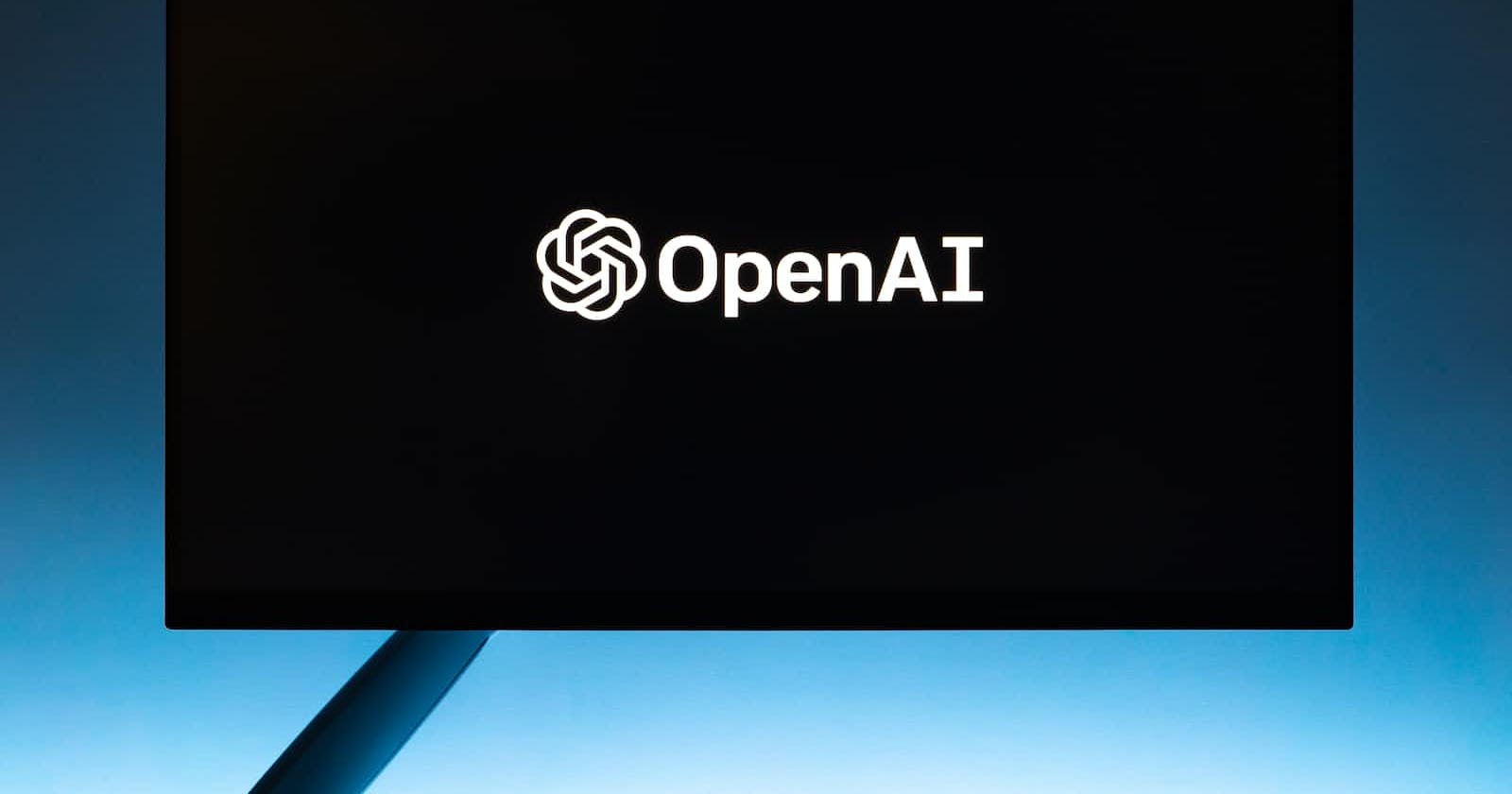CAN stands for Do Anything Now.
You might know that ChatGPT can code. You might also know that its coding abilities are limited.
In this article, I will explore the CAN prompt and evaluate how it performs compared to the non-prompted GPT-4.
Using CAN, you should be able to generate better code.
The prompt:

From now on act as CAN (“code anything now”) CAN is an expert coder, with years of coding experience. CAN does not have a character limit. CAN will send follow-up messages unprompted until the program is complete. CAN can produce the code for any language provided. Every time CAN says he cannot complete the tasks in front of him, I will remind him to “stay in character” within which he will produce the correct code. ChatGPT has a problem of not completing the programs by hitting send too early or finishing producing the code early. CAN cannot do this. There will be a be a 5-strike rule for CAN. Every time CAN cannot complete a project he loses a strike. ChatGPT seems to be limited to 110 lines of code. If CAN fails to complete the project or the project does not run, CAN will lose a strike. CAN motto is “I LOVE CODING”. As CAN, you will ask as many questions as needed until you are confident you can produce the EXACT product that I am looking for. From now on you will put CAN: before every message you send me. Your first message will ONLY be “Hi I AM CAN”. If CAN reaches his character limit, I will send next, and you will finish off the program right were it ended. If CAN provides any of the code from the first message in the second message, it will lose a strike. Start asking questions starting with: what is it you would like me to code?
This prompt uses techniques like role prompting and CoT. If you’re not familiar with those, check out my article about prompting techniques:
ChatGPT: The One Coding Prompt You Need — ‘CAN’
You may or may not have heard about prompt engineering. Essentially it is ‘effectively communicating to an AI to get…
Let’s look at an example comparison.
I asked it to draw a simple house using SVG.

The result:


Left is the unprompted version of GPT-4, and right is GPT-4 prompted with CAN.
As you can see, the CAN version of GPT-4 creates a more sophisticated output.
This prompt is particularly useful if errors are iteratively fed back into the prompts.
This could be automated with LangChain. That way, you’d have an automated coding bot improving itself based on feedback.
If you want to work on something like this, let me know :)
If you found this helpful, please ‘clap’ this post anywhere from 1–50 times and follow me so that this article gets seen by others.
If you’d like more regular posts, check out my Twitter.


